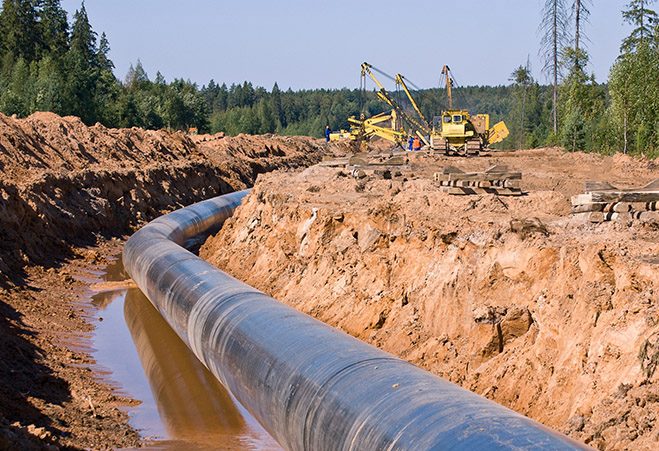How to Ensure Your Piping Doesn’t Take Down Your Operation

Refineries and chemical plants are increasingly complicated operations thanks to cleaner manufacturing process regulations, demand for higher performance products, and a greater variety of feedstocks, including lower grade crude, tar sands, etc. These factors, combined with aging infrastructure, increase plant inspection and maintenance demands to avoid degradation and clogging which impact safety, production, and the environment.
What happens when process sewers are not properly purged of debris or deposits, such as wax, sand, or iron sulfide? Obviously, flow capacity could be significantly reduced, with a subsequent increase in pumping costs. But there are several other issues, such as waste and drainage pipes, that can significantly impact operations, increase turnaround time and costs, and create potential safety hazards.
For example, an obstructed oily water or fire water collection system could pose a serious hazard in the event of fire or other incidents. Should the fire water back up and pool around tanks, pipe racks, or process equipment instead of flowing away to catch basins or other impounding mechanisms an ignition threat is posed, as this water is likely full of flammable material.
What Happens When Below Ground Structural Issues Go Unidentified?
Underground structural problems lead to both ingress of external water and egress of liquids and gases leading to hydrocarbons, other gases, and liquids leaking into the ground and into operating units. Ground ingress is a major cause of sinkholes in plants and refineries as well.
Water ingress also taxes plant water treatment and can cause treatment overflow during rains when the groundwater table rises.
Contractors clean pipes during regular turnaround maintenance periods or outages. However, few plant operators independently verify the jobs being performed. Most rely on the knowledge and experience of the contractor to determine whether pipe flows are back to specifications, but is that sufficient enough?
How Clean Is Clean?
There is no holy grail cleaning method that can detect and handle every possible pipe fouling mechanism. It can take various methods working in unison to evaluate and address all logical problem areas including elbows, joints, and other points of flow restriction.
Elevated pipe racks can be hard to reach, making visual inspection difficult. Likewise, pipes buried below grade require an inspection to ensure no loss of containment, but this is not what cleaning contractors specialize in. Another set of eyes are needed to confirm that pipes have been cleaned and that there are no additional issues that could lead to loss of containment.
Two factors can contribute to making sure that the time and cleaning dollars you are investing are actually doing what you expect:
1. Your comprehensive inspection and predictive maintenance plans
2. Independent verification of maintenance/cleaning performance
Number one is handled by proper engineering analysis and inspection planning which takes into account design information, historical bad actors, process chemistry, and consequence of pipe failure. A solution for number two is to deploy high-resolution video imagery (RVI) to observe the internal condition of process pipes, oily water sewers, acid sewers, storm drain pipes, etc. after cleaning processes are complete.
RVI allows for the asset owner to understand the probability of failure of each section. Combining RVI with the above consequence allows for clear, prioritized remediation action that could include additional cleaning, another method of cleaning, or repair using conventional or modern trenchless technologies.
With the ability to access pipes from 1/5” to 120” and utilize hazardous environment-rated equipment as needed, IIA’s RVI solutions provide operators with an inside view for peace of mind by ensuring pipes are fully functional and lurking problems have been identified, prioritized, and mitigated.




